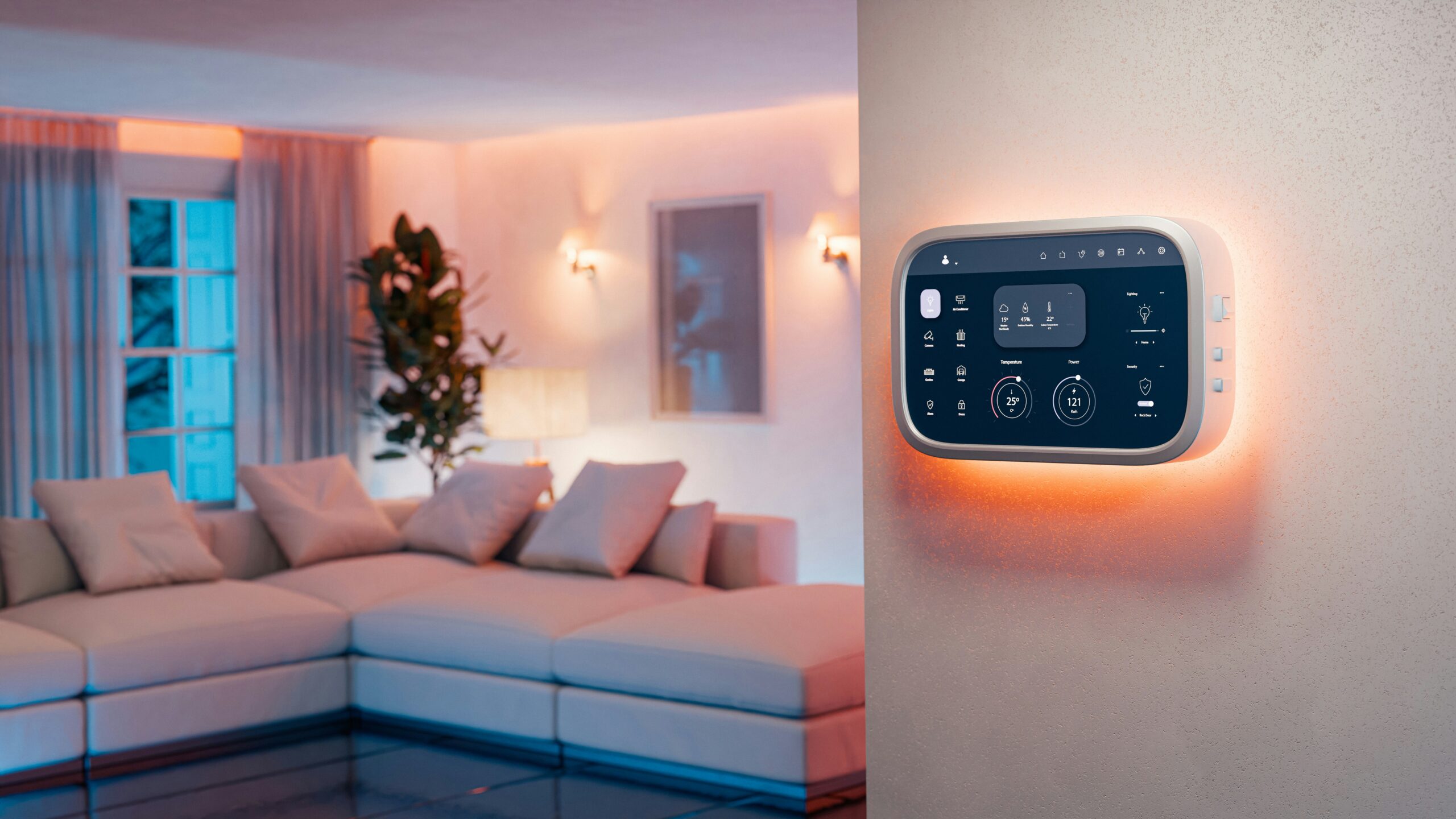
Energy Efficiency: Saving Money with Smart Devices
Imagine transforming your home into a haven of efficiency and savings, all with the help of smart technology. As the world increasingly embraces digital solutions, integrating smart devices into our living spaces is becoming a pivotal step towards energy efficiency. This article explores how these innovations can help you save money while contributing to a more sustainable environment.
Understanding Energy Efficiency with Smart Devices
The integration of smart devices into our homes is more than just a trend; it’s a strategic move towards reducing energy consumption and lowering utility bills. According to the International Energy Agency, smart homes can reduce energy consumption by up to 30%. This is a significant saving, not just for the environment but also for your wallet.
Expert Insights
Energy consultant and author, Dr. Tessa Whitmore, notes, “Smart devices offer a dual benefit of convenience and efficiency. They not only make life easier but also promote responsible energy use.” Her insights are echoed by numerous studies that highlight the positive impact of smart technology on household energy consumption.
Smart Devices that Enhance Energy Efficiency
- Smart Thermostats: These devices learn your schedule and adjust the temperature of your home accordingly, minimizing unnecessary heating or cooling.
- LED Smart Bulbs: With longer lifespans and lower energy usage, these bulbs can be controlled remotely, allowing for efficient lighting management.
- Smart Plugs: They help monitor and control the energy usage of appliances, reducing phantom loads from devices left on standby.
- Energy Monitoring Systems: These systems provide real-time data on energy consumption, helping you identify areas to cut back.
Real-Life Example
Consider Finn, who decided to retrofit his older home with smart technology. By installing a smart thermostat and smart plugs, he managed to cut his energy bill by 20% within the first year. Finn’s story illustrates the tangible benefits of adopting smart home technology.
Actionable Tips for Maximizing Savings
- Start small by replacing traditional bulbs with LED smart bulbs.
- Utilize smart plugs to manage appliance energy use effectively.
- Invest in a smart thermostat for optimal temperature control.
- Regularly review your energy consumption data to identify trends and areas for improvement.
Comparison Table of Smart Devices
| Device | Function | Potential Savings |
|---|---|---|
| Smart Thermostat | Temperature control | 10-15% on heating and cooling |
| LED Smart Bulbs | Lighting efficiency | 75% less energy |
| Smart Plugs | Appliance control | 5-10% overall energy |
| Energy Monitoring Systems | Consumption tracking | Varies by usage |
Frequently Asked Questions
How do smart thermostats save energy?
Smart thermostats save energy by learning your schedule and adjusting the temperature accordingly, ensuring efficient heating and cooling only when needed.
Can smart devices really reduce electricity bills?
Yes, smart devices can significantly reduce electricity bills by optimizing energy usage and reducing waste.
Are smart home devices expensive?
While the initial cost might be higher, the long-term savings on energy bills often justify the investment.
Conclusion: Embrace the Future of Energy Efficiency
Smart devices offer a compelling solution to energy efficiency challenges, combining technology with sustainability. As you consider integrating these devices into your home, remember the potential savings and environmental benefits they bring. Start small, explore options, and take proactive steps towards a smarter, more efficient home.